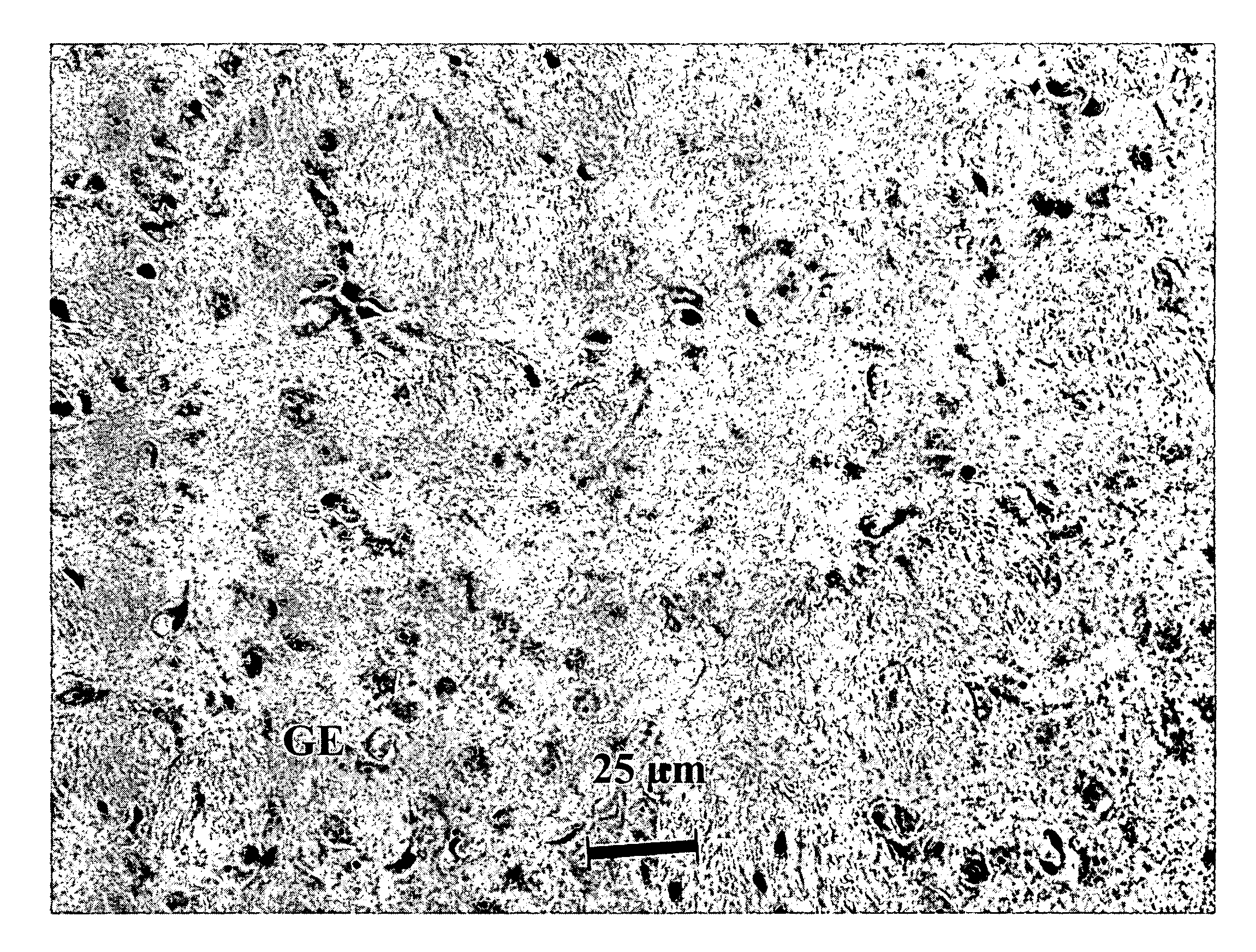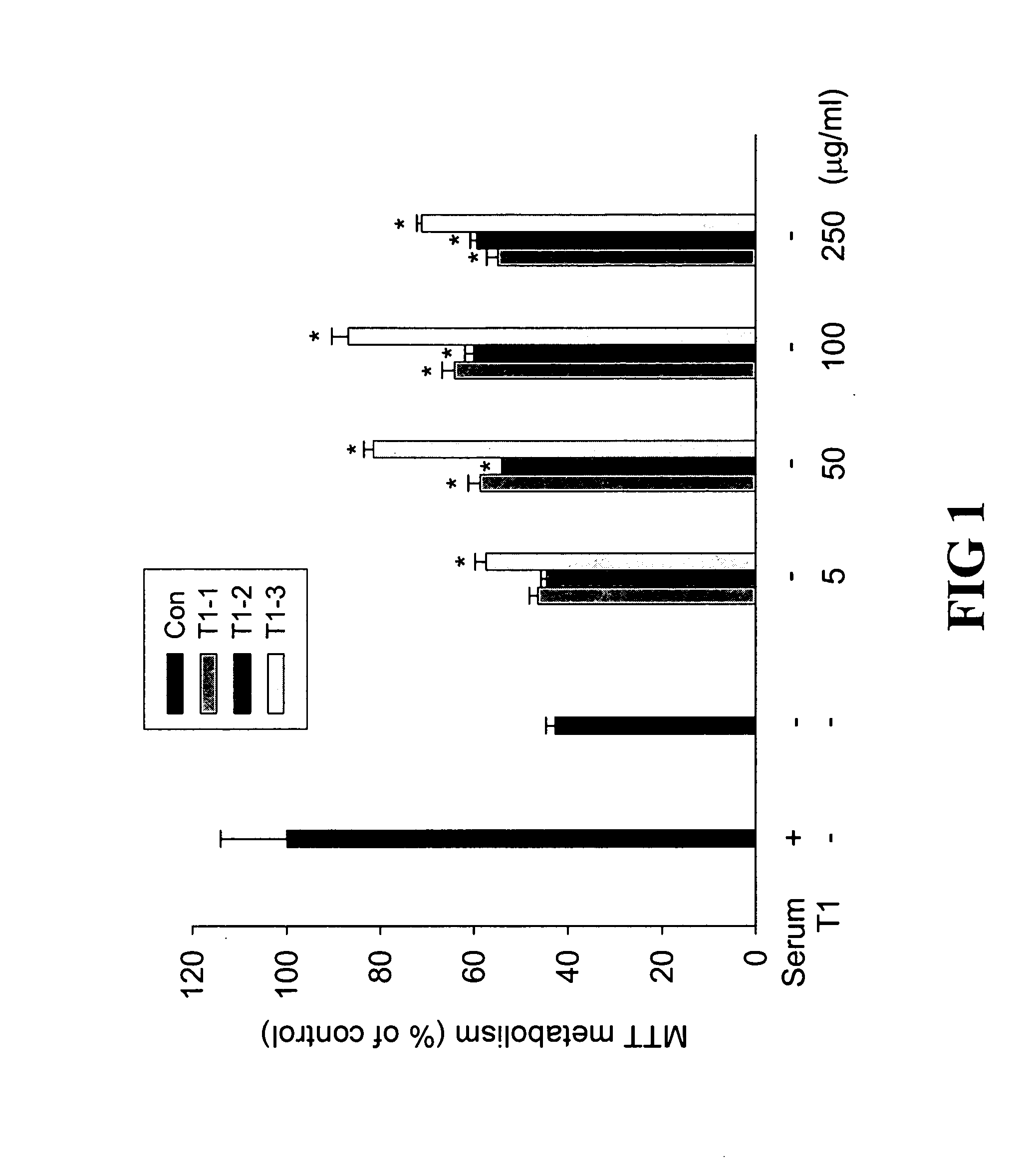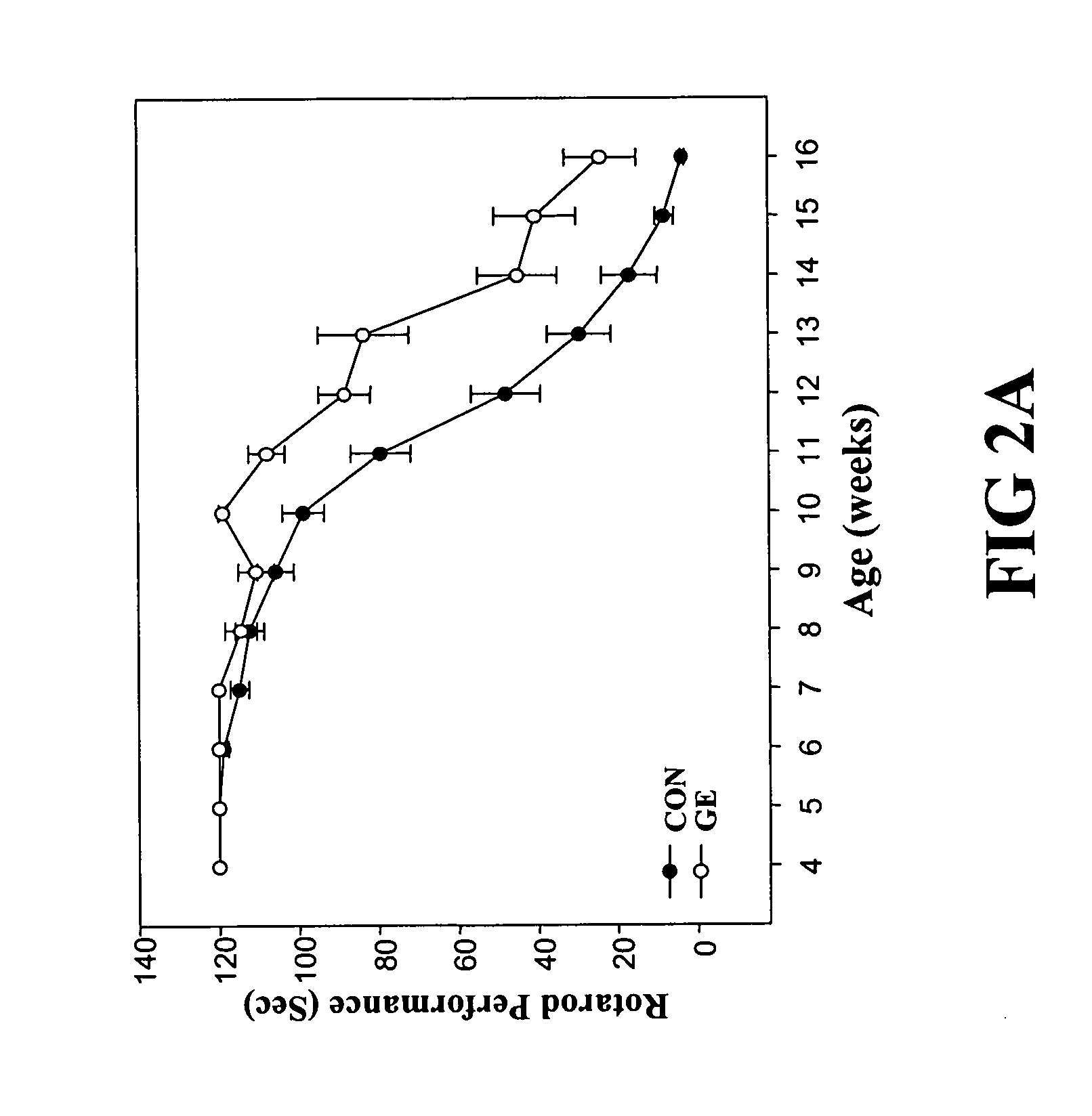Method of making and using an adenosine analogue
a technology of adenosine and analogue, which is applied in the field of making and using anadenosine analogue, gastrodia spp, to achieve the effects of enhancing inflammatory mediators, enhancing resistance to cryptococcus neoformans infection, and enhancing inflammatory mediators
- Summary
- Abstract
- Description
- Claims
- Application Information
AI Technical Summary
Benefits of technology
Problems solved by technology
Method used
Image
Examples
example 1
Treatment with Gastrodia elata Extract Protects Cells from Apoptosis Induced by Serum Withdrawal
[0146]We previously found that an A2A-R-specific agonist specifically ameliorates several major symptoms of HD (Chou, et al. (2005)). In addition, a Gastrodia elata extract has been shown to prevent serum-induced apoptosis of PC12 cells, as well as A2A-R activation (Huang, et al. (2004)). In the present study, we first performed partial purification of different fractions of Gastrodia elata as described in “Methods”. The aqueous ethanolic extract of Gastrodia elata, which was then subjected to DIAION® HP-20 column chromatography and eluted using a H2O to MeOH gradient. As shown in FIG. 1, several fractions of the methanol extraction (T1-1, T1-2 and T1-3) displayed activities to protect PC 2 cells from apoptosis induced by serum withdrawal. The most effective fraction was the T1-3 fraction.
example 2
Treatment with Gastrodia elata Extract Improves Motor Coordination and Lifespan in R6 / 2 Mice
[0147]The therapeutic effect of the T1-3 fractions on R6 / 2 mice was examined. Mice were treated with the T1-3 fractions (added to drinking water 5 mg / mL) beginning at the age of 4 weeks for up to 12 weeks. As shown in FIG. 2A, the ability of R6 / 2 HD mice to complete a full course (120 s) of the rotarod test decreased from the age of 10 weeks. Supplementation of the T1-3 fractions in the drinking water attenuated the progressive deterioration in motor coordination in R6 / 2 mice as measured by rotarod performance. FIG. 2B shows that the lifespan of R6 / 2 mice was moderately improved by chronic T1-3 fraction treatment. No effects on general animal behaviors or performance were observed that would suggest toxicity of the T1-3 fractions employed in this study.
example 3
Treatment with Gastrodia elata Extract Reduces Neuronal Intranuclear Inclusions in R6 / 2 Mice
[0148]The T1-3 fractions were examined for the effect on the formation of neuronal intranuclear inclusions (NIIs). Since NIIs observed in the brains of R6 / 2 mice were all ubiquitinated (Meade, et al. (2002)), brain sections of R6 / 2 mice treated with chronic T1-3 treatment at the age of 12 weeks were stained with an anti-ubiquitin antibody followed by counterstaining with methyl green. FIGS. 3A-C show that T1-3 supplement significantly reduced the percentage of striatal cells expressing NIIs in R6 / 2 mice, suggesting that Gastrodia elata treatment delayed the development of NIIs in HD mice. No NII was found in the brains of wildtype mice (Chou, et al. (2005) J Neurochem 93, 310-20).
PUM
| Property | Measurement | Unit |
|---|---|---|
| detection wavelength | aaaaa | aaaaa |
| flow rate | aaaaa | aaaaa |
| detection wavelength | aaaaa | aaaaa |
Abstract
Description
Claims
Application Information
 Login to View More
Login to View More - R&D
- Intellectual Property
- Life Sciences
- Materials
- Tech Scout
- Unparalleled Data Quality
- Higher Quality Content
- 60% Fewer Hallucinations
Browse by: Latest US Patents, China's latest patents, Technical Efficacy Thesaurus, Application Domain, Technology Topic, Popular Technical Reports.
© 2025 PatSnap. All rights reserved.Legal|Privacy policy|Modern Slavery Act Transparency Statement|Sitemap|About US| Contact US: help@patsnap.com



